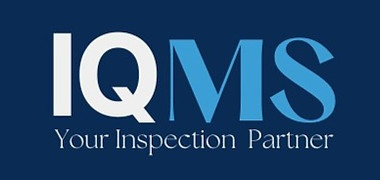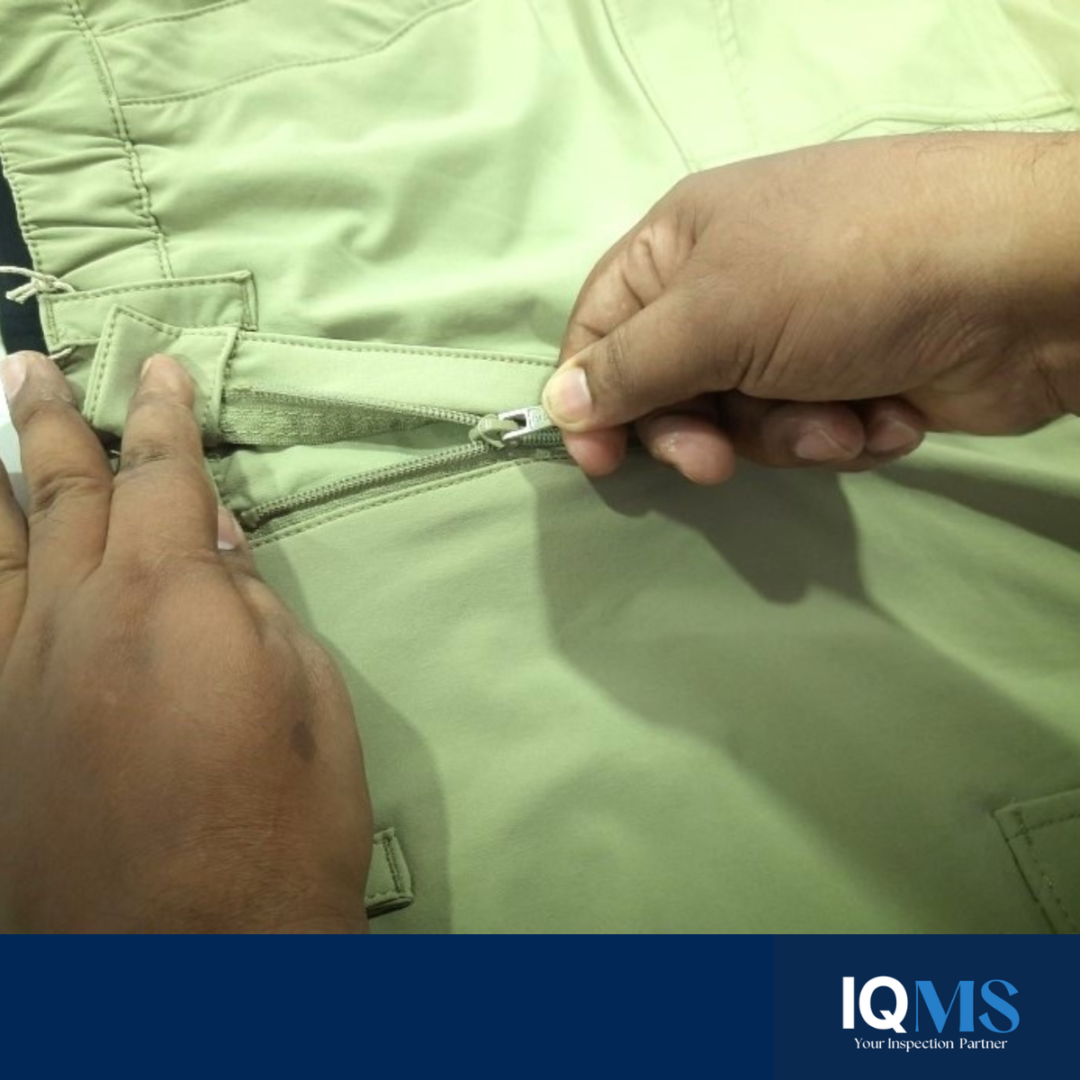Introduction:
In the world of fashion and textiles, maintaining impeccable quality standards is not just a benchmark; it’s a fundamental necessity. As the bridge connecting manufacturers and end consumers, garment inspection plays a pivotal role in ensuring that each piece of clothing meets the promised quality, durability, and design standards. In this article, we unveil the top five ways to conduct effective garment inspections that guarantee uncompromised quality standards.
1. Pre-Production Inspection: Laying the Foundation
The journey to quality begins before a single thread is woven. Pre-production inspection involves assessing the raw materials, such as fabrics, zippers, buttons, and threads, to ensure they meet the predetermined specifications. By validating the quality of these components, you set a sturdy foundation for the entire manufacturing process.
Key Steps:
- Raw Material Sampling: Randomly select samples of materials to evaluate their quality.
- Dimensional Checks: Measure and confirm that materials adhere to size requirements.
- Color Verification: Ensure colors match the approved swatches or Pantone references.
2. In-Process Inspection: The Art of Monitoring
In-process inspections occur during various stages of production to identify and rectify potential defects before they accumulate. This proactive approach minimizes the likelihood of producing faulty garments and ultimately reduces rework costs.
Key Steps:
- Random Sampling: Select garments at different stages to monitor consistency and quality.
- Stitching and Seam Inspection: Examine stitching quality and seam strength.
- Alignment Check: Verify that patterns, prints, and labels are correctly aligned.
3. Initial Production Check: Setting the Bar
Before mass production begins, an initial production check validates the manufacturer’s ability to adhere to the quality standards agreed upon. This step ensures that the initial output reflects the intended quality and design.
Key Steps:
- Random Sampling: Assess a portion of the initial production batch for quality.
- Workmanship Evaluation: Evaluate the overall craftsmanship and finish of the garments.
- Functional Tests: Conduct tests on zippers, buttons, and closures to ensure proper functionality.
4. Final Random Inspection: The Last Line of Defense
Just before shipping, the final random inspection is conducted to evaluate the overall quality of the entire production batch. This thorough examination guarantees that the garments leaving the factory meet the highest standards.
Key Steps:
- Random Sampling: Select a statistically significant sample size for inspection.
- Appearance and Finish: Examine for defects, stains, loose threads, and other imperfections.
- Measurements and Fit: Check measurements against the established specifications.
5. Loading Supervision: Ensuring Safe Passage
Quality control doesn’t end with inspection. Loading supervision ensures that the products are handled and loaded correctly for transportation. This prevents any potential damage or deterioration that might occur during transit.
Key Steps:
- Packaging Inspection: Verify that garments are packaged securely to prevent damage.
- Container Checks: Ensure proper loading and securing of containers for safe transportation.
- Documentation Review: Validate shipping documents for accuracy and completeness.

Conclusion:
In the dynamic world of garment manufacturing, maintaining stringent quality standards is a non-negotiable commitment. Effective garment inspection encompasses multiple stages, from pre-production to loading supervision, ensuring that every garment leaving the factory meets the highest quality benchmarks. By integrating these five approaches into your quality control process, you pave the way for not only customer satisfaction but also a reputation for excellence that resonates in every piece of clothing you produce.



